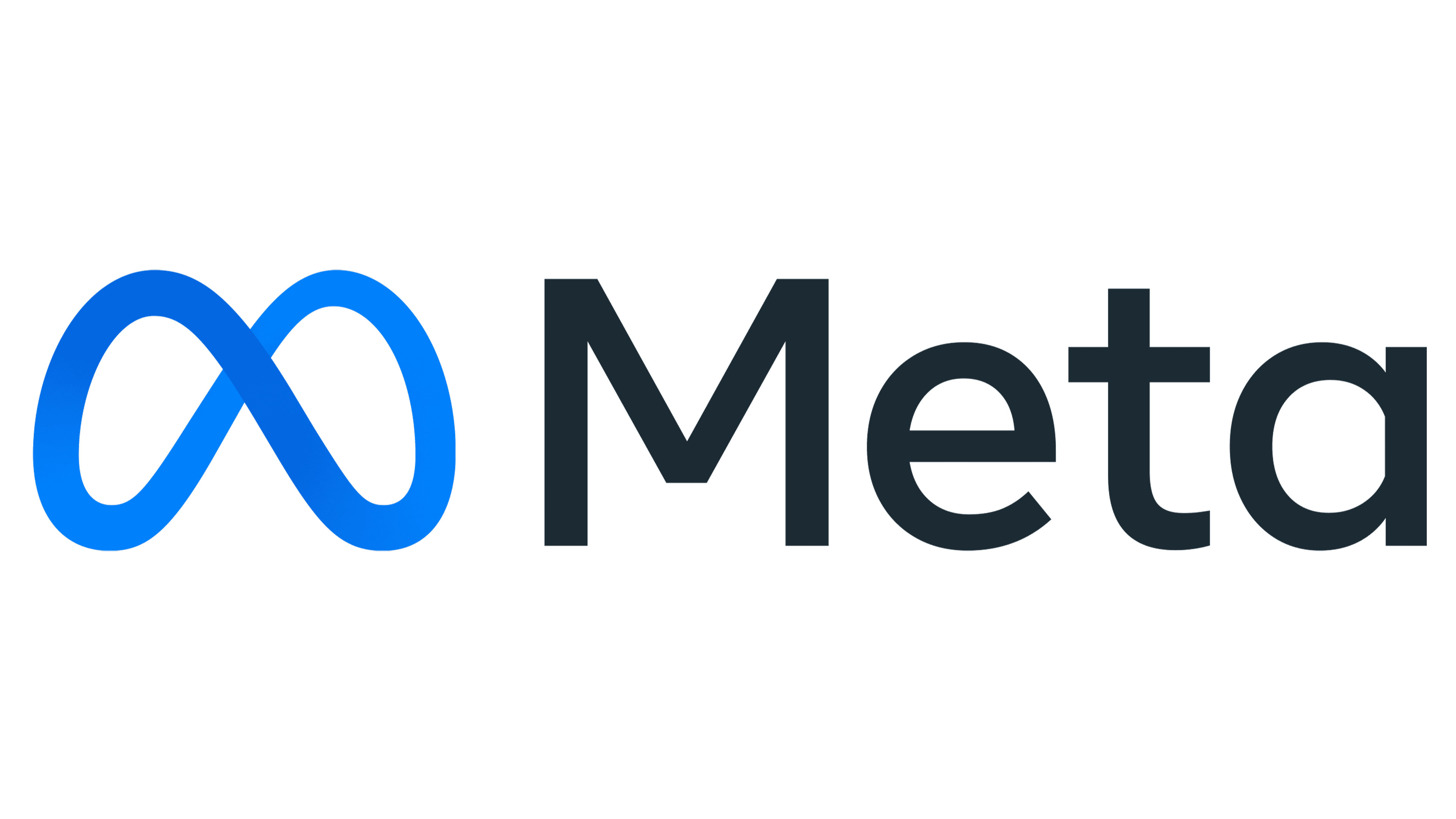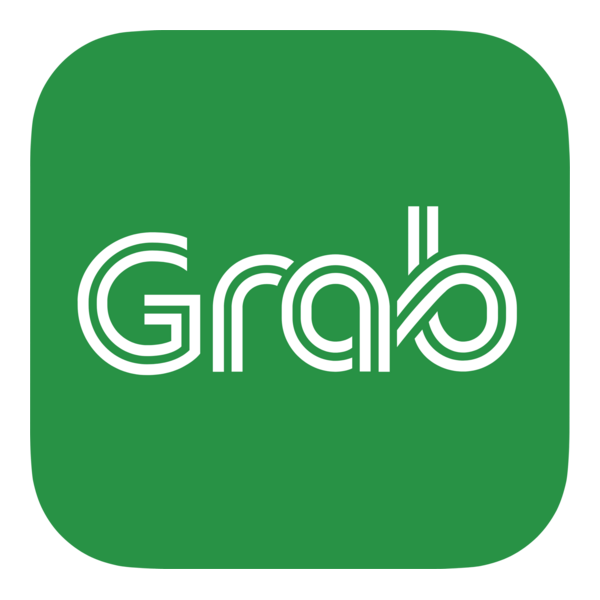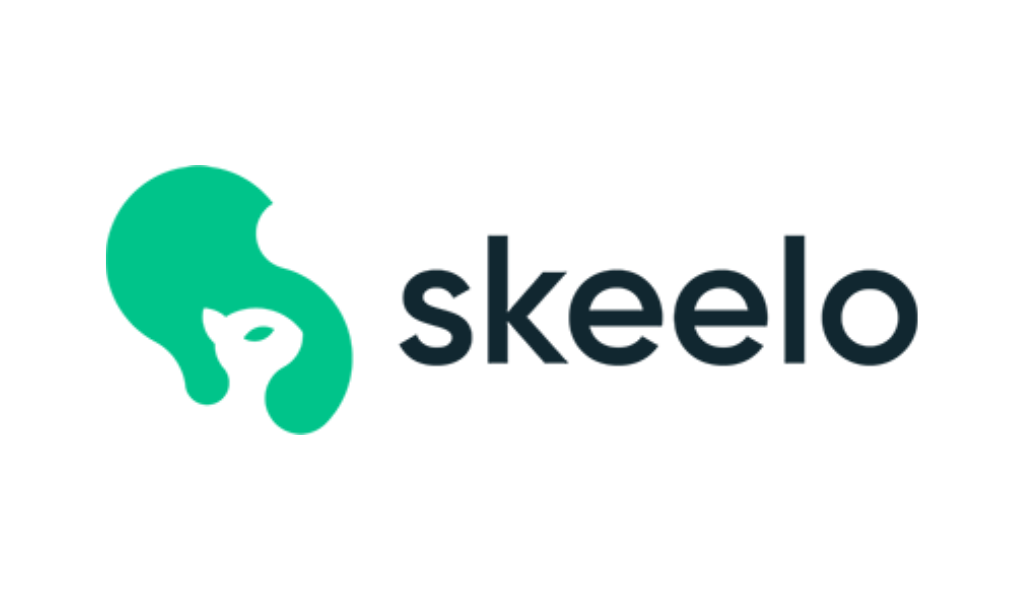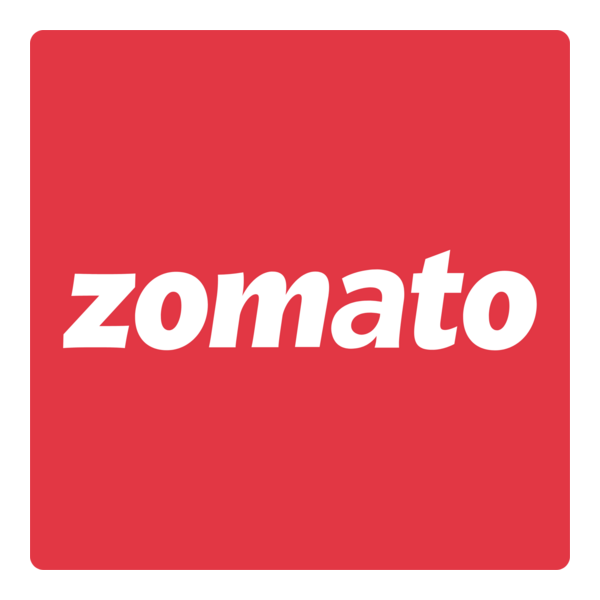Top 10 Compose Mistakes in Large-Scale Apps
Enterprise Compose pitfalls (state hoisting, keys, compiler reports) with fixes.
Showing 20 of 40 articles (Page 1 of 2)

Enterprise Compose pitfalls (state hoisting, keys, compiler reports) with fixes.

TikTok’s real-world WebView perf wins: preloading, cache strategy, threading & metrics.

Meta shifted their giant Android codebase from Java to Kotlin over years.

Our GrabX clients noticed that the GrabX SDK tended to require high memory and CPU usage. From this, we saw opportunities for further improvements that could:
When Cash App was originally developed we had a single service powering all backend functionality, codenamed “Franklin”.

Glance cut their TV app’s APK size by 65% with clever moves.

Skeelo tunes Node.js concurrency to keep their app humming along.

Instagram parses JSON super-fast for their Android app’s needs.

Meta adopts xHE-AAC to pump up audio quality across their apps.

Grab lightens the load on memory and CPU in their GrabX SDK.

Meta’s Nullsafe tool catches Java null errors before they crash apps.

Swiggy puts their app on a diet, trimming size without losing flavor.

Klarna shares six big lessons from speeding up their Node.js service.

Meta ditched Java for Kotlin across their massive Android codebase.

Zomato trimmed their Android app’s size while keeping it tasty.

Zomato slashed Android build times by 95% with clever shortcuts.

Grab finds and clears bottlenecks in their Go-based apps with care.

Klarna ditched caching and somehow boosted mobile speed by 25%.

Snapchat’s EfficientFormer brings speedy vision transformers to mobile.

Grab uses profile-guided tweaks to make their apps run smoother.